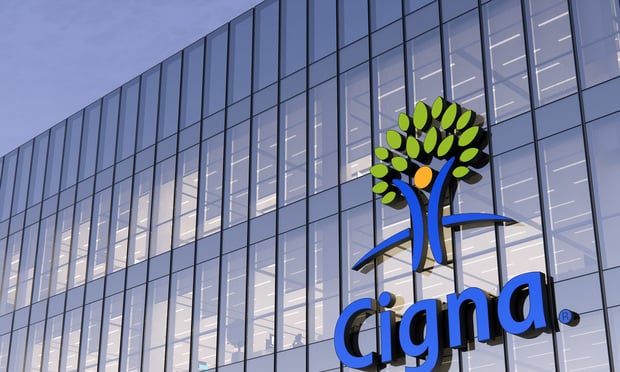What's the bottom line? For many employers, that is the single biggest question they have regarding pharmacy benefit plans. It's not always an easy question to answer. Analysts note that costs are moderating, yet for employers and plan sponsors, pharmacy costs continue to take a huge chunk out of their benefit dollars.
In addition to price within a pharmacy benefit plan, value encompasses:
- Quality (defined by outcomes and employee quality of life)
- Price (how much will this cost?)
- Member satisfaction
- Value-added programs (e.g., care management for patients with diseases such as cancer or multiple sclerosis)
- Innovative approaches to benefit design
- Trust and faith (exemplified by a PBM's willingness to provide appropriate disclosure on pricing and practices)
Many factors go into what employers pay for their pharmacy benefit program — not just the price of the prescription drugs. For example, rebates, discounts, administrative fees and other services a pharmacy benefit plan provides, such as mail service, disease management programs, etc. also contribute to cost - and to value.
The cost of a pharmacy benefit plan’s services should not be measured by how much it charges for prescription drugs, or how much they will charge for filling prescriptions (which are often the top items employers look at). Costs should be measured by total claims and fees (e.g., administrative, network, etc.), minus rebates. Because roughly 97 percent of this benefit’s net cost is incurred claims (how many prescriptions are filled; what those prescriptions cost), the best way to lower costs is to manage claims through strong clinical programs and effective utilization management. Pharmacy benefit programs that provide those capabilities ultimately will provide the best value.
In short, employers should be asking about clinical programs, utilization management and programs that provide value-added services. Strong clinically focused pharmacy programs will offer:
- Responsive, proactive client and customer service
- Care management to help employees with serious illnesses
- Targeted disease management programs that include education aimed at the employees' specific needs
- Innovative benefit designs to encourage generic utilization and provide affordable coverage for high-cost specialty pharmacy (also known as injectable or biotech) drugs
- Mail service, to help employees save more money
To avoid focusing on cost alone, here are some questions employers can ask that will help to ensure they are getting the maximum value from their pharmacy programs:
- What types of clinical programs does the pharmacy programoffer?
- Does the pharmacy programhave a track record within clinical programs to show outcomes and return on investment? What is the pharmacy program’s experience in maximizing the use of generics?
- Is the pharmacy program willing to be audited annually?
- Can the pharmacy program demonstrate they are providing the plan sponsor appropriate disclosure?
The primary goal of any pharmacy plan should not be simply to lower cost. An emphasis on cost alone can lead to higher medical costs, poor outcomes and a pharmacy benefit that provides little real value. Only by focusing on the complete array of components that comprise an effective pharmacy benefit program, can employers ensure they secure the best cost and the best value.
© 2025 ALM Global, LLC, All Rights Reserved. Request academic re-use from www.copyright.com. All other uses, submit a request to asset-and-logo-licensing@alm.com. For more information visit Asset & Logo Licensing.







